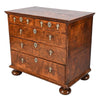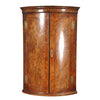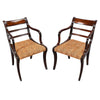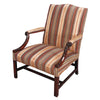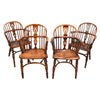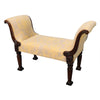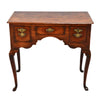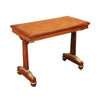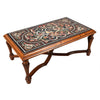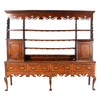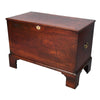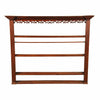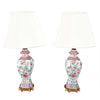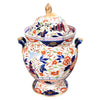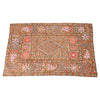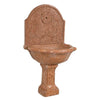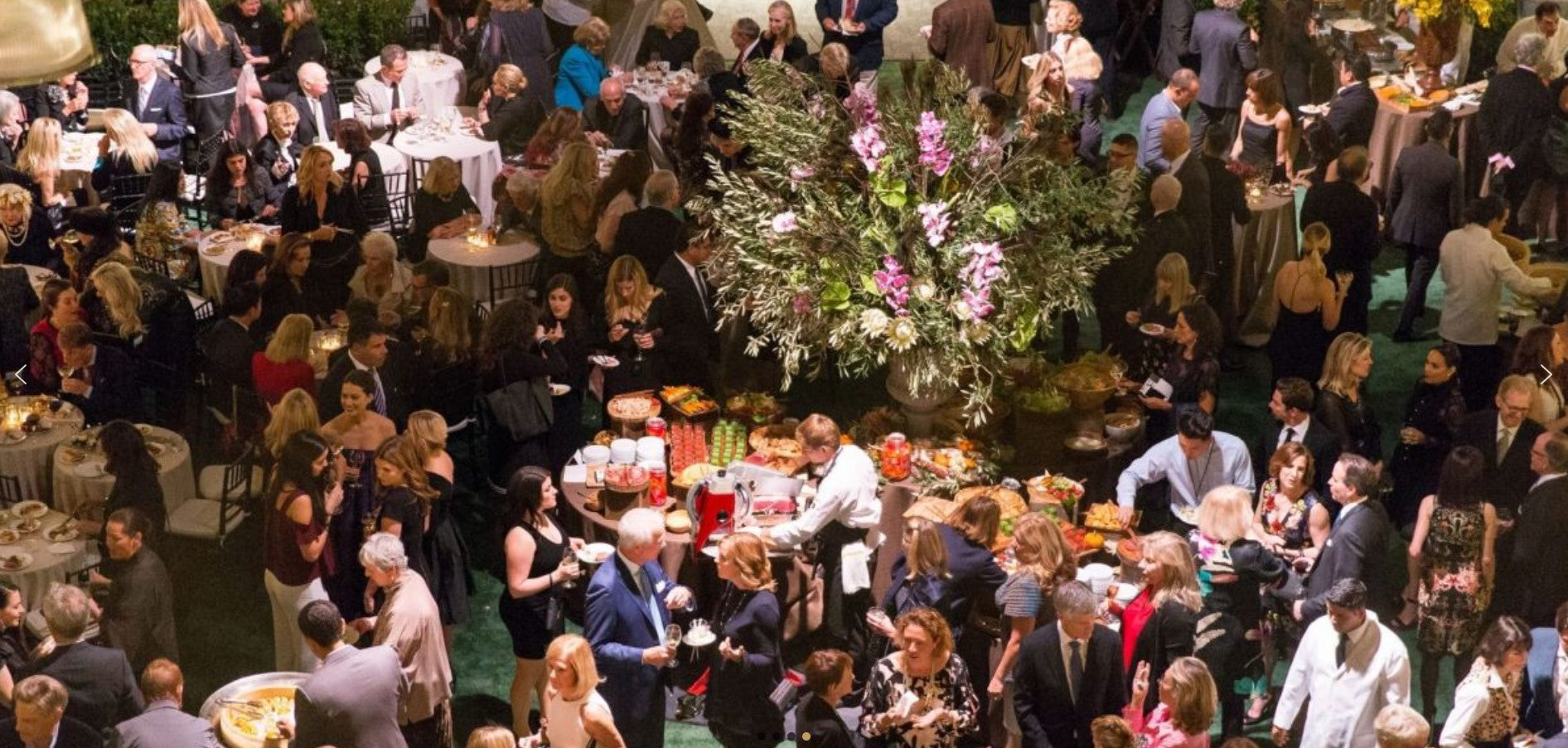
Why We Do Shows
"Why do you do antique shows?" It's a question we get asked a lot, and to be honest, it's one we ask ourselves over and over too. Shows require a lot of effort and cost. There is the physical labor of loading and unloading a truckload of furniture; boxing up all the smalls and supplies; converting a bare space bordered with plywood walls into an inviting showroom; the long drives which can sometimes stretch to multiple days. There are hours upon hours of prep work: planning what to bring and how to arrange it; contacting clients from the area; sending out tickets, postcards, and personal letters. There are all the various expenses involved: booth rent (yes! we have to pay for our space, which we've discovered some clients weren't aware of); lodging and meals; fuel; wages for employees and contracted porters who help with the heavy lifting. It can be enough for us to question our own sanity when we pause to think that all of this work goes into every show, each of which may only last 3-5 days.

Well, the easy answer to the question is that it remains the best way to make new clients; the primary reasons for that are they can really get to know our merchandise and us. Photos are great. The internet is great. Websites are great. But there is no substitute for seeing and touching a piece of furniture in person. There are thousands of examples we can recount of being disappointed (or less frequently, pleasantly surprised) when viewing a piece in person that we had previously seen in a photograph. It is impossible (or very nearly so) to judge density of timber, quality of construction, color and patina in a photo. Certain repairs and restorations show up only in the proper light. Shows offer buyers the opportunity to touch a piece, open the drawer, sit in it, flip it upside down (please ask first, though!). Similar pieces from the same booth or different ones can be compared when weighing which one to buy. It is a truly special experience for a buyer to see such a wide selection of antiques gathered from all over the globe.
Probably equally as important as getting to know the merchandise up close and personal is getting to know the dealer. We find the stereotype of the snooty, stand-offish antique dealer to be a thing of the past. Most every dealer we know is happy to spend time with potential new clients or just the curiously inclined. We consider it an important part of the job to educate new clients. That is why we are at the show: to meet new people or reconnect with those we know to discuss what we brought and why we love it. Don't be afraid to ask "stupid questions." It only makes us feel smarter!
Shows also present a wonderful opportunity for fortune to strike. You may find and fall in love with something you weren't even looking for. Most dealers spend a great deal of time seeking out special pieces and for one weekend, dozens of them will bring those treasures directly to you.
Most shows are also fun social events with other attractions beyond the antiques being sold. Special events we've found at shows include lavish preview parties for the benefit of local charities, luncheons, lectures by well-known designers and authors, special culinary events, wine tastings, booth talks where dealers spend time sharing their expertise, and many others. We see friends and family every year at each show that make it a point to come in together to peruse and catch up with other local friends as well as the dealers who may also become friends over many years of participating in a show. Hugs and smiles and kisses abound. We meet people in every city where we exhibit who mark their calendars every year to make sure they can attend. It is truly like an annual reunion.
So if you want to see what all the fun is about, come visit us at one of our FOUR fall shows (did we mention we question our sanity sometimes?). We'll be hitting three coasts plus the great Midwest. Click on our show schedule to learn more.
**Cover Photo Credit to San Francisco Fall Show – Photograph by Drew Altizer



